DEBIX: A Feature Packed Platform for Fanless Industrial Compute
Follow articleHow do you feel about this article? Help us to provide better content for you.
Thank you! Your feedback has been received.
There was a problem submitting your feedback, please try again later.
What do you think of this article?
Low power, high performance embedded compute platform boasts NXP i.MX 8M Plus SoC, extended temperature range, SBC and SoM form factors, plus TSN support and more.
The DEBIX platform integrates numerous features and advanced capabilities which together make it a compelling solution for industrial applications. In this article, we explore the different DEBIX models which are currently available, along with the official accessories which add new features and facilitate prototyping. We also take a brief look at operating system support and provide a quick demo which shows how IEEE-1588 can be used to enable sub-microsecond time sync.
Advanced Compute
The NXP i.MX 8 family of application processors are targeted at edge compute and combines low power consumption with high performance. As such they are particularly well suited to industrial applications, where increasingly greater demands are being made of embedded systems, which may be tasked with reading sensors and driving actuators and other outputs, while also performing much more advanced functions, such as running computer vision and machine learning workloads.
The i.MX 8M Plus SoC is at the heart of the DEBIX platform and features a quad-core ARM Cortex-A53 CPU complex which can run at up to 1.8 Ghz, plus a neural processing unit (NPU) which is capable of delivering up to 2.4 trillion operations/second (TOPS) for machine learning applications. Not only that, but achieving this while being capable of fanless operation, thereby providing a significant advantage in environments where forced air cooling may be problematic.
The DEBIX SBC and SoM family features no shortage of expansion, which includes GPIO, SPI, I2C and PWM, as you might expect. Plus also 2x CAN FD, dual LVDS, MIPI CSI and DSI, and one lane of PCIe.
Other notable features include dual Gigabit Ethernet, with one port benefiting from Time Sensitive Networking (TSN) support — a set of standards that enable sub-microsecond time synchronisation, traffic shaping, per-stream filtering and policing, and numerous other advanced networking techniques which are key enablers for Industry 4.0.
Advanced multimedia capabilities include hardware support for H.264 and H265 video encode and decode, courtesy of a vision processing unit (VPU). Dual image signal processors (ISP) meanwhile take video from the two MIPI CSI2 camera inputs and perform functions such as converting from raw Bayer to YUV, colour processing, denoise and high dynamic range (HDR), amongst others.
Next, let’s take a look at the different compute platform options.
Model A
The DEBIX Model A is packaged in a compact SBC form factor and the version currently on sale (238-0448) has 2GB RAM. Though customised versions fitted with up to 8GB RAM are available via OKdo.
There are four USB 3.0 ports and a HDMI output, as well as the aforementioned LVDS and DSI screen outputs, plus CSI camera inputs. The TSN-capable Ethernet port is accessed via an RJ45 port, while access to the second Gigabit Ethernet port is provided via header pins.
There is a Micro SD slot on the underside, plus PCIe on a 19-pin 0.3mm pitch FPC socket.
Wireless connectivity is provided in the form of 2.4GHz and 5GHz WiFi, plus Bluetooth 5.0.
DEBIX Model A has a rated operating temperature of -20C to 70C.
Model B
DEBIX Model B (261-9844) boasts the same features as the Model A SBC, albeit with an extended operating temperature range of -40C to 85C. Hence the Model B is well suited to applications in somewhat more challenging environments and is available from OKdo.
SOM A
While a single-board computer is a great fit for many applications, there are those with specific space, form factor, peripheral or other custom requirements, where a SoM is the right approach.
The DEBIX SOM A (261-9845) is the first system-on-module product of the family and is based upon the same feature-packed NXP i.MX 8M Plus SoC, and sports the same extensive I/O as the Model A and Model B SBCs. Hence some designs may start out being based upon or prototyped with a Model A or B SBC, then later migrated to a bespoke solution based on the SOM A.
DEBIX SOM A has a standard operating temperature range of -20C to 70C, but a custom option is available with an extended operating temperature of -40C to 85C.
Accessories
A robust aluminium case (250-9195) is available to house the DEBIX SBCs and is designed to assist with passive cooling, and provision is made for an external WiFi antenna.
Next, let’s take a look at the accessory modules.
I/O
The DEBIX I/O Board (238-0447) exposes the second Gigabit Ethernet interface via an RJ45 port, along with MIPI CSI and DSI, and also integrates a real-time clock (RTC) with battery backup.
The I/O board provides RS-232 and RS-485 serial ports, plus 1x CAN transceiver.
The SOM A I/O Board (266-4269) interfaces with the DEBIX A SOM via 4x board-to-board connectors and provides access to the same I/O found on the SBCs. It notably also adds WiFi and BT 5.0, since unlike the SBCs, the SOM does not directly integrate these. A Mini PCIe slot is also provided.
SBC PoE
The SBC PoE Module (267-2985) supports IEEE 802.3at-2009 a.k.a. PoE+. It plugs directly onto the I/O header of a Model A or Model B SBC and may be used with the aluminium case.
DEBIX SBC PoE Module has an operating temperature range of -40C to 85C.
4G
The DEBIX 4G board ( 267-2984) has a PCIe Gen3.0 single lane PCIe controller, Mini PCIe slot and Micro SIM slot. It does not integrate a 4G modem directly and instead it is stated as being compatible with the following Mini PCIe modems:
- Quectel EC20CEHDLG-128-SNNS
- Quectel EC21ECGA-128-SNNS
- Quectel EC25ECGA-128-SNNS
The 4G board connects to the DEBIX SBC via its PCIe FPC socket, enumerates as /dev/ttyUSB0 and is controlled using AT commands.
LoRA
The DEBIX LoRa Board (238-0446) likewise does not integrate a LoRa radio directly and instead provides a Mini PCIe slot into which a radio may be fitted. It also provides a pair of SMA connectors: one for LoRa and a second for WiFi, which some deployments may use for an uplink connection where the DEBIX is acting as a LoRWAN gateway or similar for remote end devices.
A Bluetooth pairing button is also provided, plus an ATECC608 secure element.
Cameras
With two CSI interfaces, image signal processing and an NPU, it’s clear that machine vision and AI/ML applications are going to be key use cases for DEBIX. In support of which there is not just one but there are three DEBIX camera options available at the time of writing:
- DEBIX Camera 200A Module (238-0446) : a small camera with a GC2145 sensor.
- DEBIX Camera 500A Module (267-2983) : a compact camera with a 5MP OV5640 sensor.
- DEBIX Camera 1300A Module (267-2981) : a small HD camera with a 13 megapixel AR1335 sensor.
OS Support
There are no less than four officially support operating system options for the DEBIX SBCs and SOM:
- Ubuntu 22.04
- Yocto L5.10.72
- Windows 10 IoT Enterprise
- Android 11
Which should just about cover most if not all requirements.
Ubuntu 22.04 provides a familiar and easy-to-use Linux environment, which is ideal for development and many deployments. Yocto support makes it possible to build custom Linux images which include all the required software components and nothing else — optimised for the particular application and benefits which include increased security, due to reduced software surface area.
Windows 10 IoT Enterprise support will be beneficial to organisations which have invested in Microsoft technologies. Finally, Android 11 will prove an attractive option for applications which are driven by local user interfaces, such as a custom human-machine interface (HMI).
IEEE-1588
We mentioned earlier how DEBIX hardware provides support for the Time Sensitive Networking (TSN) set of standards, and fundamental to which is IEEE-1588 Precision Time Protocol (PTP). This provides a much higher performance and far more sophisticated alternative to solutions such as Network Time Protocol (NTP), enabling sub-microsecond time synchronisation.
A Quick Test
Testing was carried out with Ubuntu 22.04 installed to the Micro SD card. The WiFi interface was configured to connect to the local network. The Ethernet interface was configured with a static IP address and cabled directly to an IEEE-1588 grandmaster (GM), which is referenced to GPS and has a rubidium oscillator (atomic clock). In a production network it would be more typical to have a GM connected to one or more PTP-aware Ethernet switches, and then clients cabled to these.
We can use ethtool -T to check whether an Ethernet adapter has PTP hardware support. Above we can see this being run on a DEBIX Model A and specifying the primary Ethernet port, which confirmed that this did have PTP hardware support and the associated parameters were output.
The ethtool utility is pre-installed in the Ubuntu image. However, we needed to install the Linux PTP software in order to actually synchronise our DEBIX SBC with the GM.
$ sudo apt install linuxptpWe could then run ptp4l to synchronise the Ethernet adapter hardware clock with the GM.
Following which the GM was selected, the time offset was printed out and this started to quickly decrease as our PTP hardware clock (PHC) converged.
In a separate window, we could now run phc2sys in order to synchronise our system clock with the PTP hardware clock. Once again we initially see a large time offset, with this rapidly decreasing as the DEBIX system clock converges with the PHC.
Obviously in a production environment, this software would be started at boot by systemd.
To find out more about PTP, see the article, An Introduction to IEEE 1588 Precision Time Protocol.
Final words
With the combination of a powerful SoC with NPU, TSN support, plentiful I/O, fanless operation and an extended operating temperate range, plus support for four major operating systems, the DEBIX family provides an attractive platform for industrial solutions. Not to mention also the expansion boards which add support for PoE+, cellular, LoRa and more.


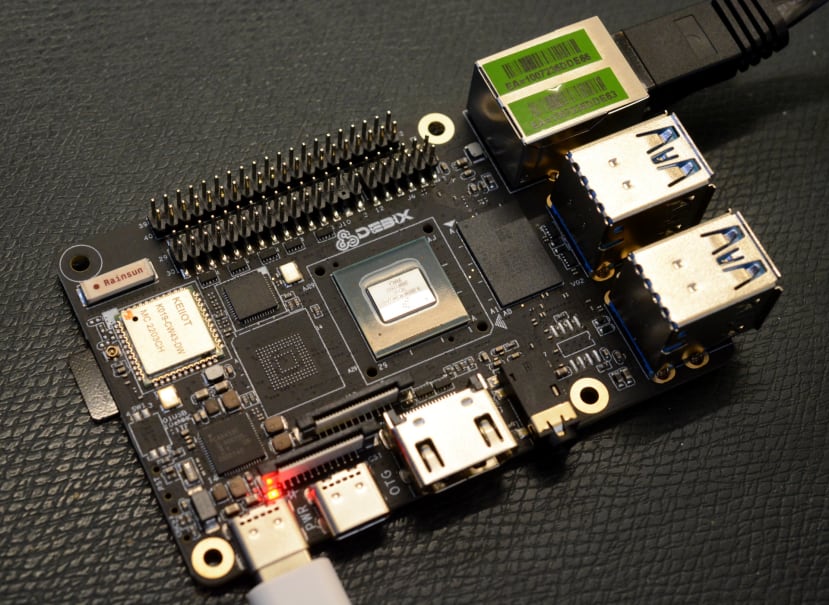
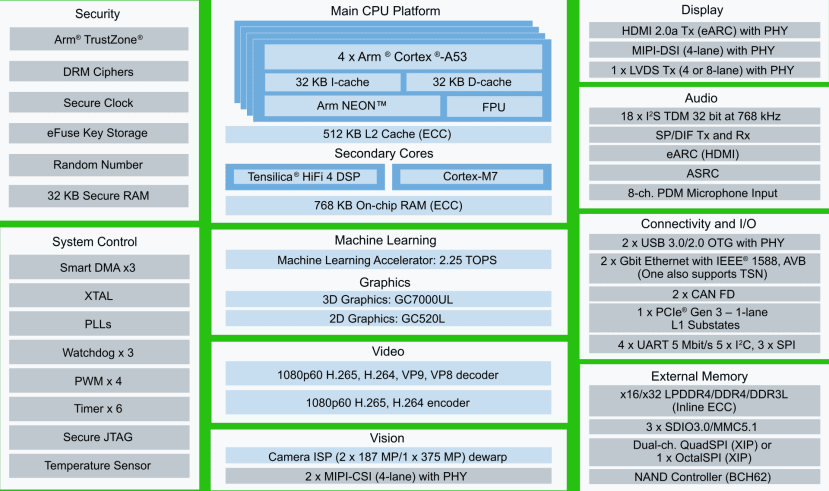


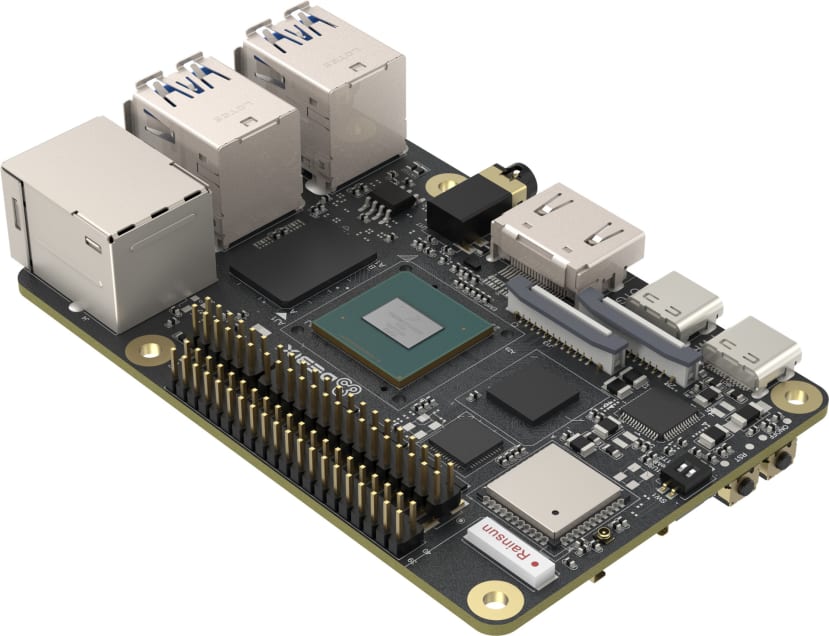

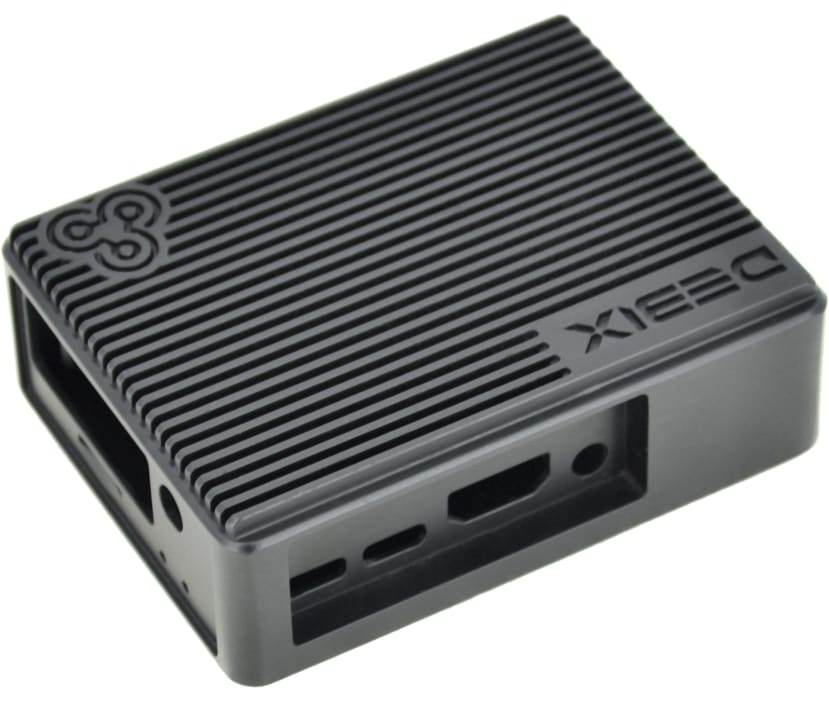



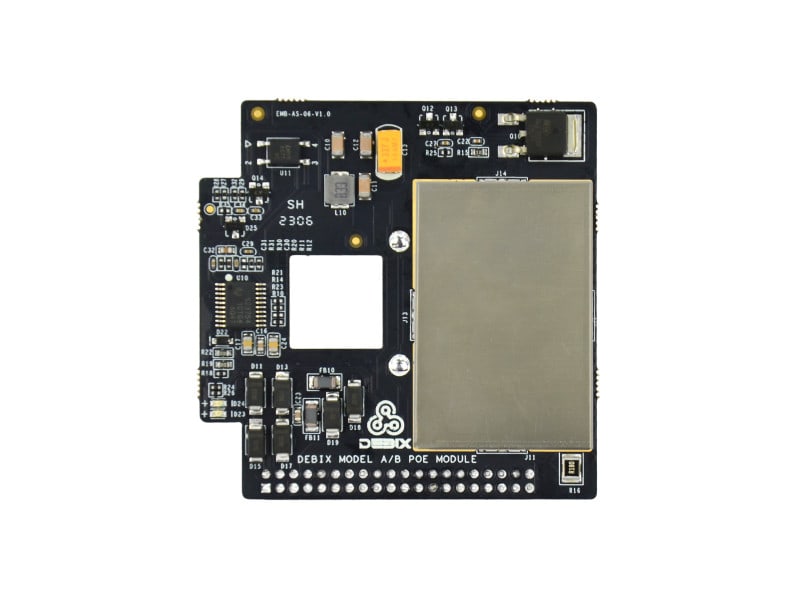
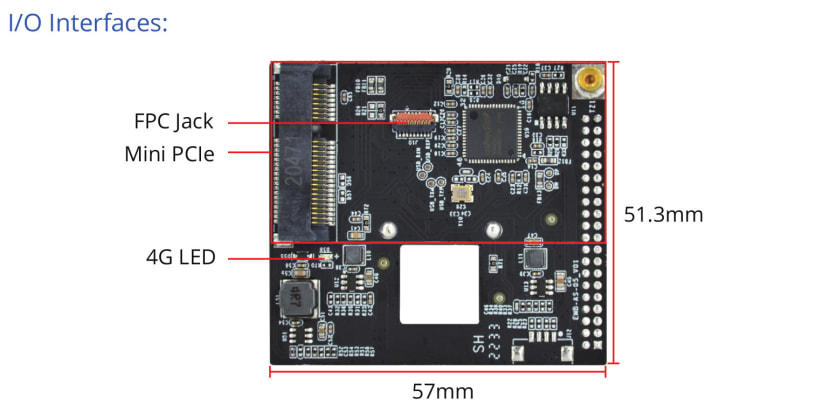
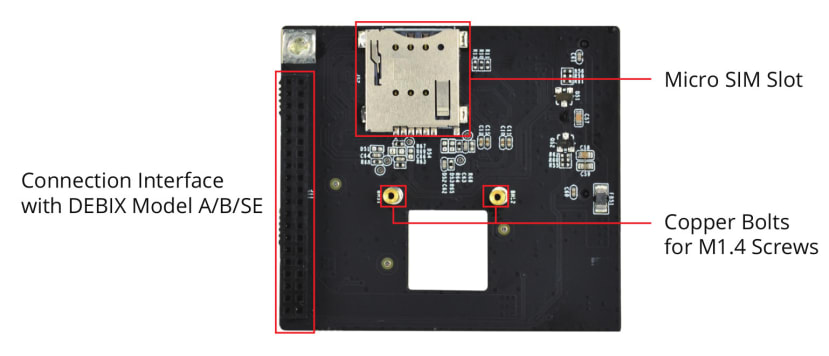


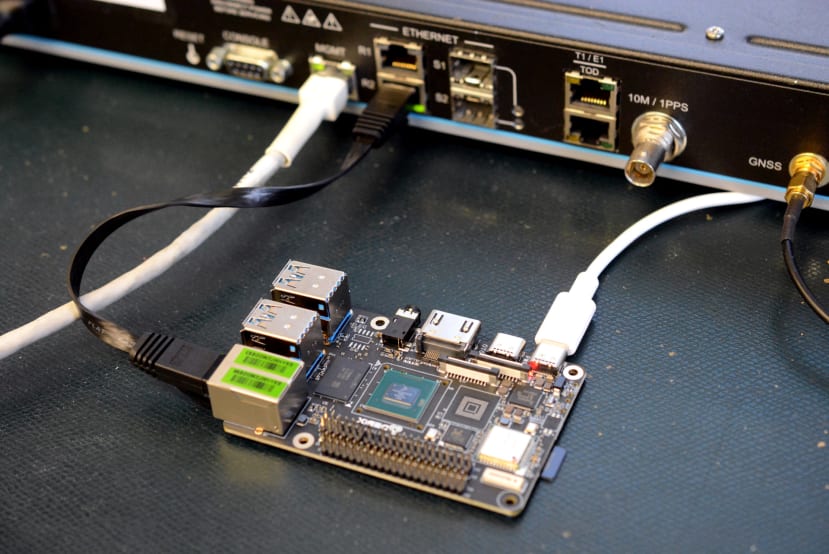
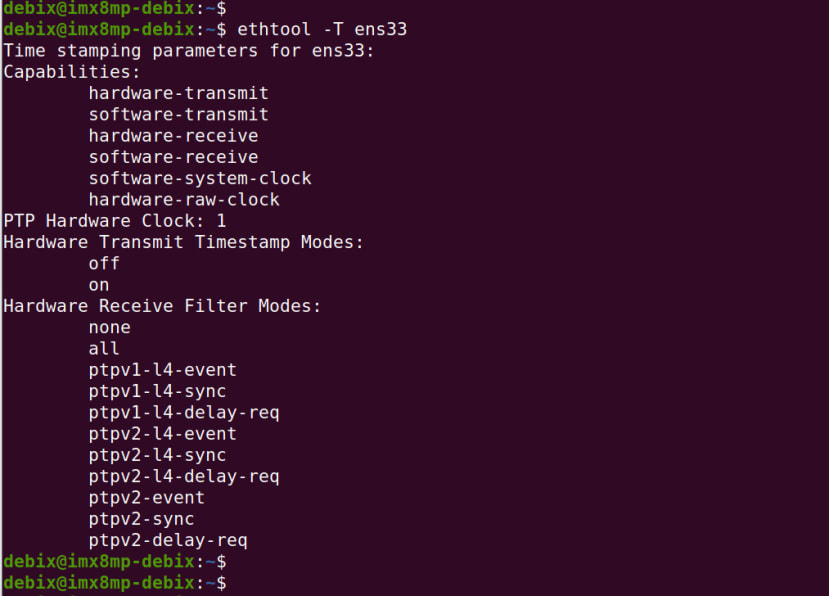


Comments